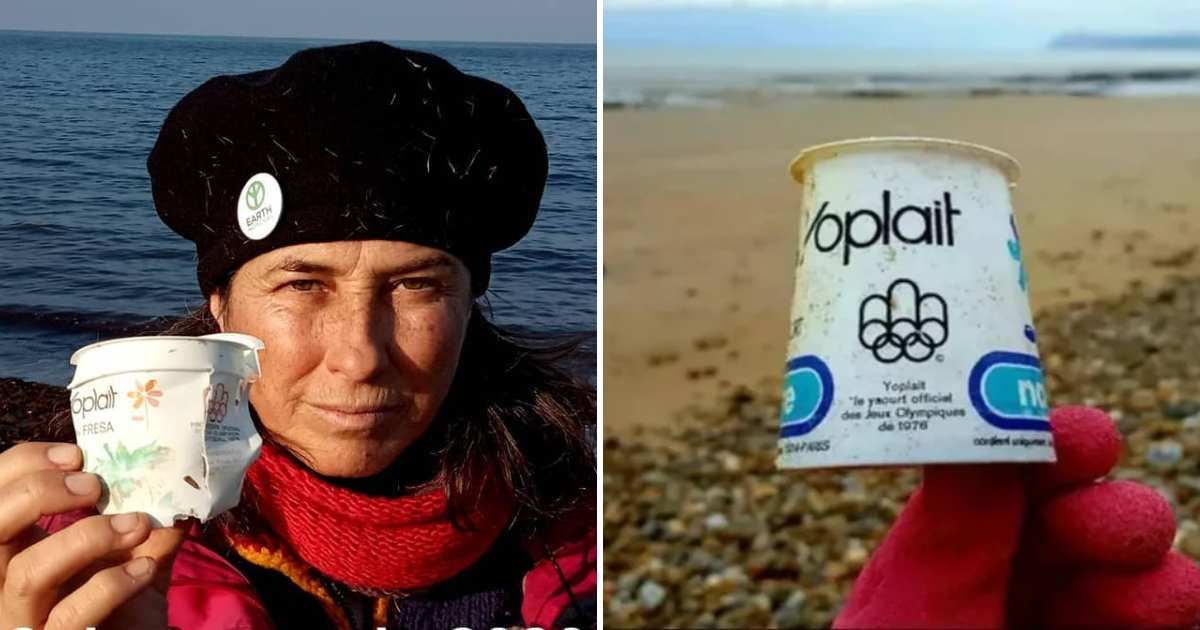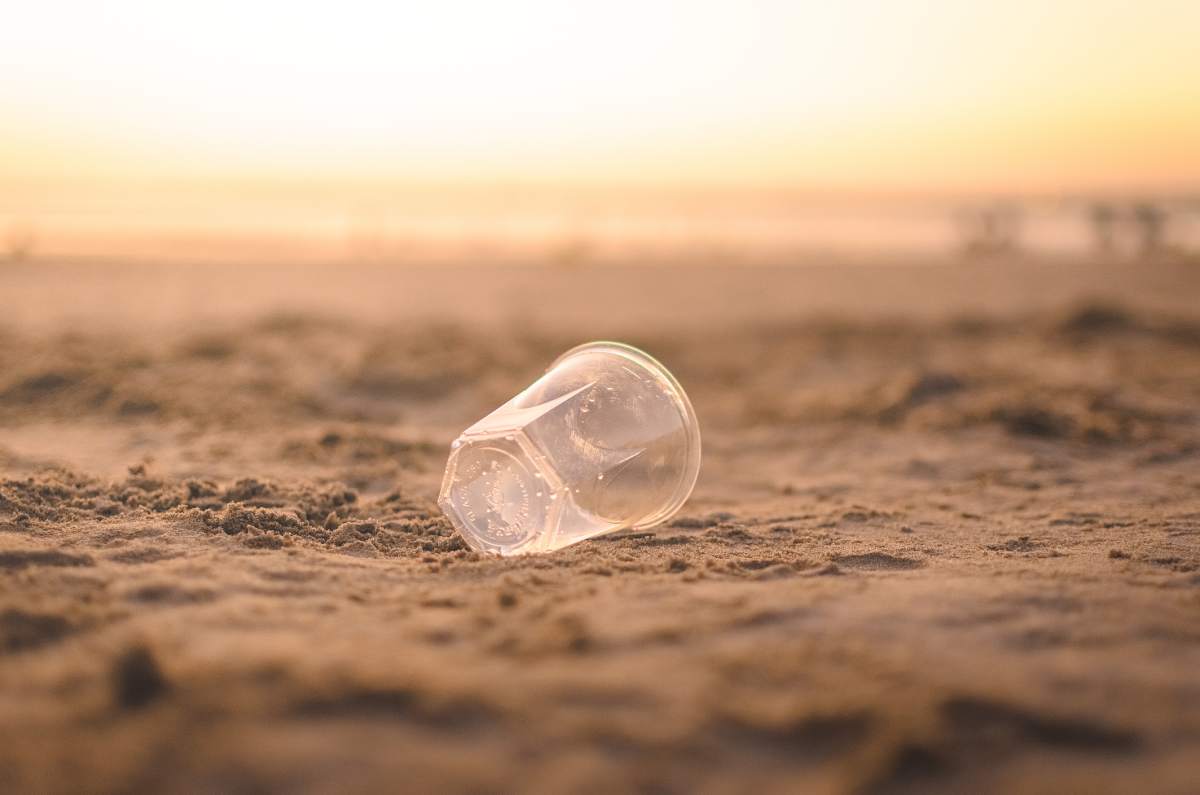Activist Finds a Plastic Cup From 1976 Washing up on a Spanish Beach — It Had Barely Degraded

Even the deepest, darkest, and remotest corners of the world are now brimming with plastic particles. These particles are travelling inside the sea, choking its currents and pilfering its pristine purity. On January 2, 2020, a 52-year-old woman named Maite Mompó (u/Carryneo) ventured out on Les Deveses beach in the northern stretch of Spain’s Denia coastline, tugging along an orange-and-blue bag. The plan was to clean up trash and dumped objects from the seashore and toss them in this bag. Being an environmental activist, she considered this tidying up her utmost devoir.

Everything was going good. The bag was already overflowing with litter. Then came the albatross of the day: A rumpled plastic cup emerging from a clump of seaside dirt, gritty leaves, and rubble. When she picked up the cup and twisted it around, a label printed in one corner jolted her in mad stupefaction. A brutal realization about the current state of the environment prompted her to share her discovery with the world. It was unfathomable to think that this plastic cup was lying around in the open for almost half a century, wide enough to strangle the head of a baby sea turtle. A juvenile seal, a hungry bird, or a wandering squirrel could easily get its head stuck inside its mouth.
This plastic cup was thrown into the sea in 1976 and it hasn't degraded at all.
by u/Carryneo in pics
Mompo, who is also a writer, took to Reddit to share a picture of the cup she had found on the Spanish beach. The cup looked as intact as if it had been trashed just a day ago, or two. “This plastic cup was thrown into the sea in 1976, and it hasn't degraded at all,” she wrote in the post title. Clasped within her fingers, dressed in red gloves, the cup displayed a packaging label that indicated that it was manufactured during the 1976 Montreal Olympics. Above this label was the stylish, six-petaled logo of Yoplait, the French dairy products company that provided special edition yogurt cups during these games.
The most devastating realization, however, was that this pesky plastic entity had been secretly blighting the beach sand for the past 44 years. “After 44 years of life, it is practically intact, with almost no sign of decomposition. It is almost my age, but it will survive me for hundreds of years,” Mompo described in the caption of a YouTube video. Reflecting on the crude toxicity of plastic, this object might have contributed to the environment. She said that more than 8,000 million tons of plastic have been produced since the 1950s, most of which have been dumped recklessly. Calling in the numbers, she said that a human consumes one credit card's worth of plastic each week.
What did viewers think about this scenario?
The story prompted a throng of quirky discussions on Reddit. Users jumped in to cook up imaginary scenarios and theories of why and how the plastic cup could have ended up on the beach and remained there untouched by rain and tempest storms. It seemed as if it was buried too deeply that the layers of sand preserved it for all these years, until it was disturbed only recently. “Looks like Elmo was cleaning up the beach. Was he around in 1976?” wrote u/falonyn in a comment.

Others couldn’t believe that the cup had been lying in the beach sand for the past four decades. “Nah. The plastic might have lasted 44 years, but the writing would have long since bleached away if it had been exposed to the elements for that long. It could have been buried on the shore, or something,” said one user. “Let’s take a moment and recognize that ink that hasn’t faded out yet,” another joked. Contemplating deeply, u/sippin0nsizzurp said, “It must have been tucked in a dark place for the ink not to be bleached off by the sun.”
![Image Source: Reddit | u/[deleted]](http://pisco.pubninja.com/0162dc96-ce37-4176-ac9f-8f88494e6b09.png)
On a positive note, many people expressed relief that the cup was intact, because if the plastic had degraded already, its tiny particles would have been stippling in the air. Although the particles would have been spilled either way, the extent would have been much greater if the degradation had started. “Decrease the plastic that enters your home to a minimum,” Mompo urged people.
More on Green Matters
Scientists Tested 20-Year-Old Plastic From The Ocean Depths — and Made a Disturbing Discovery
Explorer Dives Into World’s Deepest Trench in the Pacific Ocean- Finds Plastic Waste on Seafloor